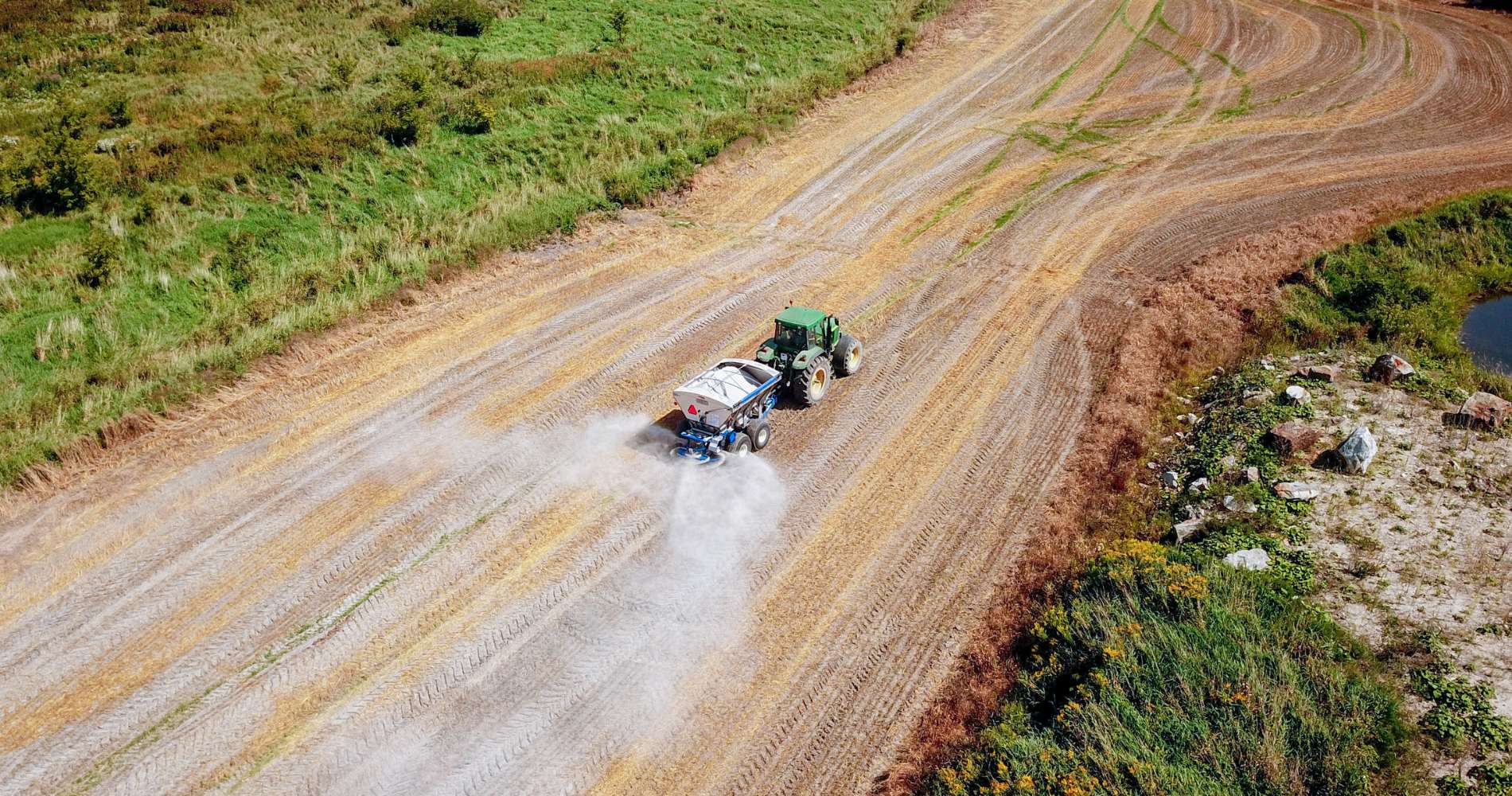The world is increasingly feeling the impacts of climate change, with unprecedented rises in global temperatures and extreme weather events. The Intergovernmental Panel on Climate Change (IPCC) stresses that emissions reductions alone are not enough to meet climate targets required to prevent severe disruptions. To cap global warming at 1.5°C above pre-industrial levels, we need effective carbon removal strategies to stop and reverse the accumulation of atmospheric CO₂.
In this context, carbon removal companies have emerged as crucial allies in global climate action. These companies are developing and implementing innovative technologies to actively capture and remove CO₂ from the atmosphere, providing a complementary solution to emissions reduction measures. As the world works to address the environmental challenges of our time, carbon removal companies are providing proactive pathways to achieving essential climate milestones and safeguarding the planet for future generations.
Diverse Strategies in Carbon Removal
The voluntary carbon market (VCM) is made up of a variety of solutions being used to combat atmospheric CO₂. There are technology-driven solutions such as Direct Air Capture and Storage (DAC+S), nature-based practices like afforestation and those in between (like enhanced rock weathering) that combine engineered and nature-enabled solutions. The range and scale of carbon capture techniques are vast and innovative. However, despite the differences, all these efforts share a common objective: to significantly mitigate the adverse effects of climate change.

Spotlight on Enhanced Rock Weathering

Among these strategies, enhanced rock weathering (ERW) emerges as a unique permanent carbon removal approach, combining scientific ingenuity with natural processes. This process involves the application of finely ground silicate rocks, such as basalt and wollastonite, over large areas of agricultural land. The rock reacts with CO₂ that comes down in the form of rainfall to form stable carbonate minerals, sequestering carbon in a solid form.
Beyond its primary goal of carbon removal, ERW offers additional environmental benefits, including the restoration of soil health, the increase of agricultural yields and ocean deacidification.
We take pride in being at the scientific and operational forefront of the ERW field and are dedicated to maximising its global carbon removal potential.
Complementary Carbon Removal Techniques

The path to a sustainable future is multifaceted. To solve climate change, we will need an ‘everything, everywhere, all at once’ approach that welcomes all CDR solutions beyond ERW, this landscape includes:
Afforestation:
By planting trees in deforested or degraded lands, afforestation not only captures and stores CO₂ but also contributes to restoring ecosystems and enhancing biodiversity.
Biochar:
Biochar is produced by pyrolyzing biomass, creating a stable form of carbon that can be added to soil to sequester CO₂, improve soil health and reduce the need for fertilisers.
Bioenergy with Carbon Capture and Storage (BECCS):
BECCS integrates sustainable biomass-based energy production with carbon capture technology, effectively removing CO₂ from the biological cycle.
Blue Carbon Ecosystem Restoration:
Restoring mangroves, seagrasses and salt marshes enhances these ecosystems’ natural ability to sequester carbon, known as “blue carbon,” which supports biodiversity and coastal resilience.
Direct Air Capture and Storage (DAC+S):
This method employs technology to capture CO₂ directly from the atmosphere, which is then securely stored underground.
Ocean Alkalinisation:
This method aims to increase the alkalinity of ocean water to enhance its natural capacity to absorb and store CO₂, contributing to the reduction of atmospheric carbon levels.
Soil Carbon Sequestration:
Through practices like no-till farming and cover crops, soil carbon sequestration improves soil health and increases the amount of carbon that can be stored in soils.
These methods represent a fraction of the carbon removal strategies employed by companies worldwide. As the field evolves, the integration of emerging technologies and the refinement of existing ones will continue to be critical for amplifying our collective carbon removal impact.
Navigating the Future of Carbon Removal

The journey of carbon removal is one of constant exploration and innovation. As the capabilities of these diverse strategies continue to develop and evolve, the role of carbon removal companies will become increasingly central to global climate strategy. Through collaborative efforts, rigorous research and an unwavering commitment to sustainability, these companies are laying the groundwork for a climate-positive future.
We must embrace these carbon removal technologies to not just address the current climate crisis but to invest in a healthier, more resilient planet for future generations. The advancements made by carbon removal companies today will undoubtedly shape the landscape of environmental conservation and climate action for years to come.

Are you ready to chart a climate-positive future?
At UNDO, we are pioneering enhanced rock weathering (ERW) as an innovative carbon removal solution to address climate change. Join us in pioneering a sustainable future and learn how our cutting-edge technology can help reverse atmospheric CO2 accumulation.


 " />
" />
